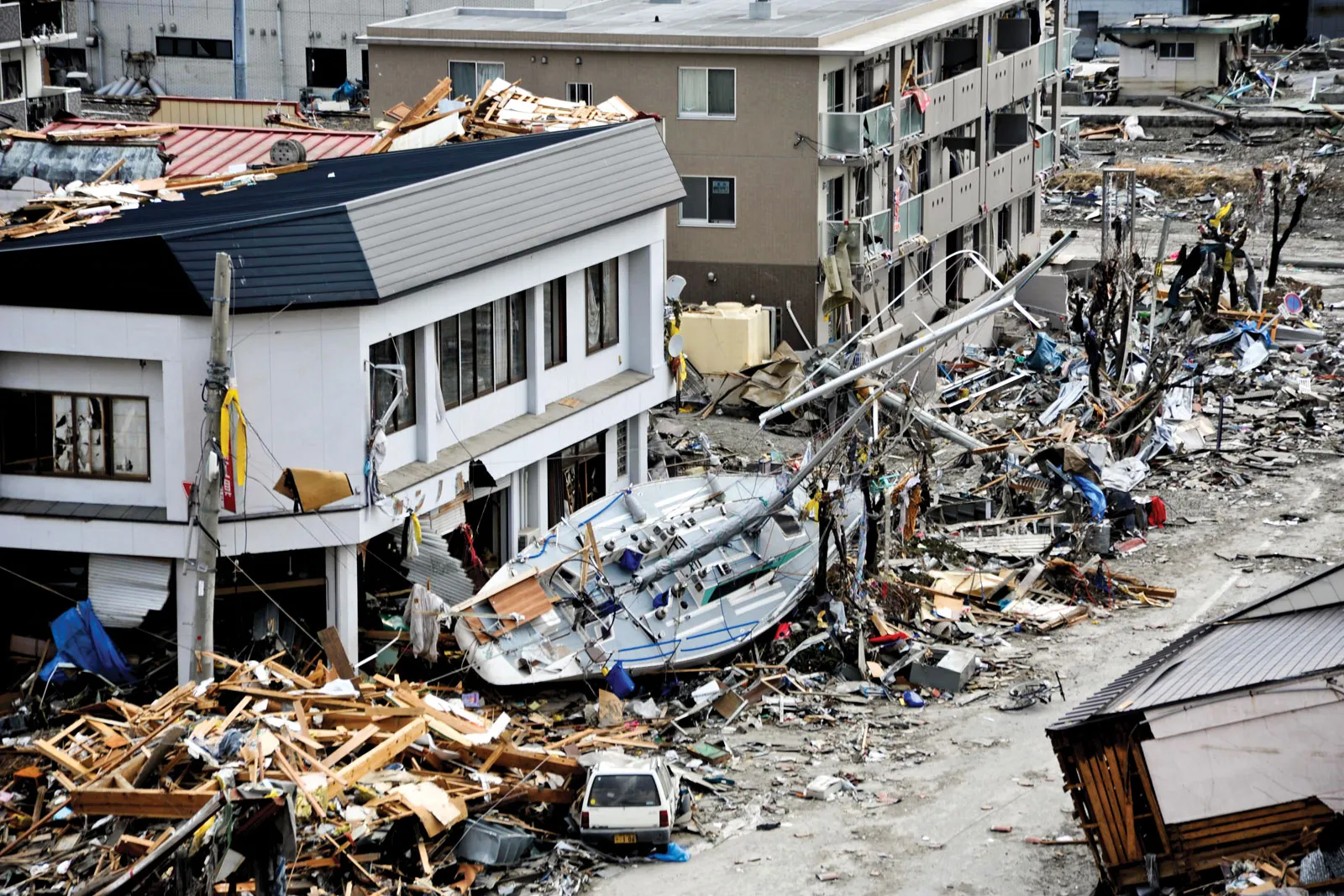The earthquake struck the Noto Peninsula in the central prefecture of Ishikawa on Monday afternoon, causing buildings to fall and tsunami warnings to be issued as far away as eastern Russia.
Tokyo: Japanese rescuers hurried Wednesday to look for survivors after a massive earthquake killed at least 62 people. Authorities warned of landslides and heavy rain.
The 7.5-magnitude earthquake that shook Ishikawa prefecture on Honshu’s main island on January 1 generated tsunami waves more than a meter high, sparked a large fire, and tore apart highways.
The prefecture’s Noto Peninsula was the hardest impacted, with several hundred buildings destroyed by fire and dwellings destroyed in numerous towns, including Wajima and Suzu, as revealed by before-and-after satellite pictures released on Wednesday.
The regional authorities verified 62 deaths and over 300 injuries, 20 of which were serious, on Wednesday.
The death toll was anticipated to rise as rescuers battled tremors and bad weather while combing through rubble.
According to the administration, around 31,800 people were housed in shelters.
“The disaster occurred more than 40 hours ago. “We have received a lot of information about people who need to be rescued, and there are people who are waiting for help,” Prime Minister Fumio Kishida said at an emergency task force meeting on Wednesday.
“Local authorities, police, firefighters, and other operational units are coordinating rescue efforts, and the number of personnel and rescue dogs is being increased.”
“However, we ask you to remain fully mindful that we are in a race against time and to continue to do your utmost to save lives, putting people’s lives first,” he said.
The operation was made more urgent because to a heavy rain warning issued by the Japan Meteorological Agency (JMA) in the area.
“Be on the lookout for landslides until the evening of Wednesday,” the U.S. Geological Survey said.
Suzu’s mayor, Masuhiro Izumiya, said there were “almost no houses standing” in the coastal city.
“About 90% of the houses (in the town) are completely or nearly completely destroyed… the situation is truly catastrophic,” he told TBS.
A woman in a Shika shelter told TV Asahi that she “hasn’t been able to sleep” because of the earthquakes.
“I’ve been scared because we don’t know when the next quake will hit,” she told me.
According to the local utility, about 34,000 households in Ishikawa prefecture were still without electricity.
Many cities lacked flowing water.
Shinkansen bullet trains and highways have resumed service after stranding thousands of people, some for nearly 24 hours.
The US Geological Survey reported a magnitude of 7.5, whereas the Japanese Meteorological Agency reported a magnitude of 7.6, resulting in a significant earthquake.
According to the JMA, the violent quake was one of more than 400 that shook the region on Wednesday morning.
After waves at least 1.2 meters (four feet) high slammed the village of Wajima and a succession of lesser tsunamis were reported elsewhere, Japan lifted all tsunami warnings.
Every year, hundreds of earthquakes strike Japan, the great majority of which do no harm.
According to a Japanese government data released last year, the incidence of earthquakes in the Noto Peninsula region has been progressively increasing since 2018.
A powerful 9.0-magnitude underwater quake off northeastern Japan in 2011 caused a tsunami that killed or injured around 18,500 people.
It also flooded the Fukushima nuclear power facility, resulting in one of the world’s greatest nuclear disasters.




